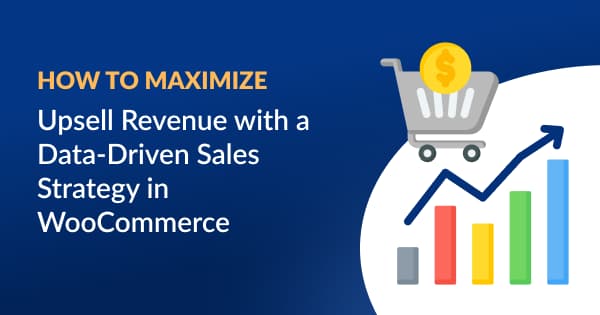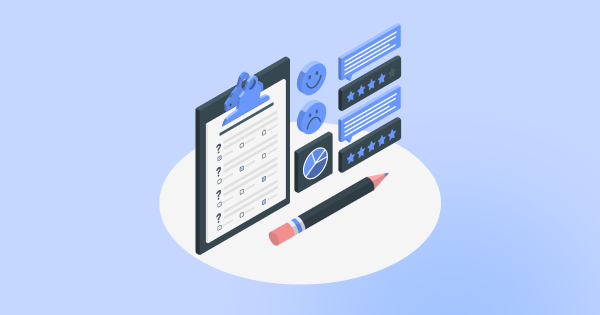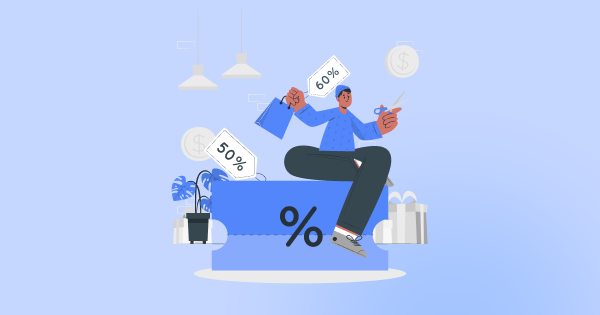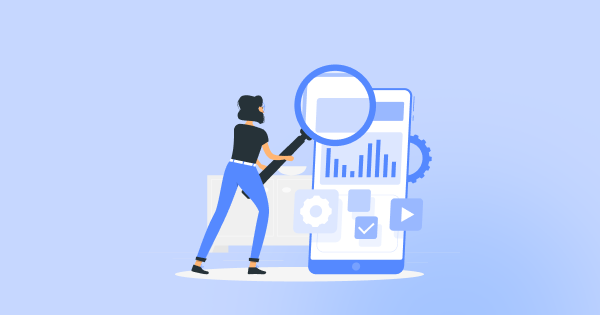Post BFCM Sale: Save upto 60%!
Offer valid for a short period.
00
Days
00
Hours
00
Minutes
00
Seconds
Post BFCM Sale: Save upto 60%!
Offer valid for a short period.
Increase Your Order Value With Smart Upsells
Personalize product recommendations, customize upsell offers, increase AOV, and boost sales with our all-in-one WooCommerce Upsell plugin.


In today’s competitive eCommerce world, it’s crucial to leverage data to maximize sales. WooCommerce store owners are increasingly turning to data-driven sales strategies to enhance their upselling potential.
With the power of data, WooCommerce merchants can craft personalized experiences, increase average order values (AOV), and convert casual shoppers into loyal customers. In this blog, we’ll dive deep into how to implement a WooCommerce data-driven sales strategy to boost upsells and grow your business.
Data-driven sales strategies focus on leveraging customer insights and analytics to make informed decisions about sales techniques and upselling opportunities. Instead of relying on guesswork, data-driven sales use real-time information and behavior tracking to understand customer preferences, predict buying habits, and personalize the shopping experience.
In the context of WooCommerce, this means using data from user interactions, browsing history, purchase patterns, and abandoned carts to create targeted upselling campaigns that resonate with each customer.
Related Read: How to Create WooCommerce Loyalty Programs 2025.
Tracking the right metrics is crucial for optimizing upselling strategies in WooCommerce. Here are the key metrics to monitor:
Also Read: 10 Best Strategies to Optimize WooCommerce Conversion Rates.
Also Read: How to Recover Abandoned Carts in WooCommerce.

The first step to implementing a data-driven upselling strategy is to collect and analyze customer data.
This data will provide insights into how your customers interact with your store, what products they purchase, and how often they return.
By collecting and analyzing these data points, you can tailor your upselling strategy to be more relevant to each customer’s needs.
Insight: Look for products that are frequently viewed or bought together. These products can be bundled together in your upsell offers.
Once you’ve gathered the data, you need to segment your customers based on their behavior, preferences, and purchase history. This allows you to craft personalized upsell offers for each group, ensuring that the offers are relevant and appealing.
How to Segment Customers:
Tip: Segmentation allows for more targeted and effective upsell campaigns, driving higher conversion rates by offering the right products to the right customers.
Now that you have segmented your customers, it’s time to craft personalized product recommendations based on the insights you’ve gathered. WooCommerce offers several tools to automate and display these recommendations.
How to Implement Personalized Recommendations:
Insight: Personalized product recommendations typically see 14% higher conversion rates compared to generic upsell offers.
One of the most effective times to present upsell offers is after a purchase has been made. This is when customers are most engaged with your store and open to adding more products to their orders.
How to Implement Post-Purchase Upselling:
Tip: Post-purchase upselling has been shown to have higher success rates, as the customer has already committed to a purchase, making them more likely to buy again.
Setting up WooCommerce Dynamic pricing allows you to adjust the price of products in real-time based on customer behavior, demand, and purchase history. This can be an incredibly effective tool for upselling.

How to Use Dynamic Pricing:
Insight: Dynamic pricing can increase the likelihood of upsells by appealing to the customer’s desire for value, especially if discounts are personalized. You can also emulate certain real-life dynamic pricing examples that bring success to your store.

The final step is to continually test and optimize your upselling strategy. Data-driven decisions are not set in stone, so regular testing and tweaking are necessary to find the best approach.
How to Test and Refine:
Insight: Testing and optimization are key to understanding which upsell strategies resonate best with your customers. This allows you to refine and maximize results over time.
By following these clear, actionable steps, you can set up a robust data-driven upselling strategy that is customized to your WooCommerce store’s unique customer base, driving higher conversion rates and more sales.
To enhance your data-driven upselling strategy, these five plugins can help WooCommerce store owners drive more conversions:
Description: This plugin enables automated upselling and cross-selling based on user behavior and product interactions.
Unique Selling Points:
Description: One Click Upsell allows store owners to create post-purchase upsell offers that are easy for customers to add to their cart with a single click.
Unique Selling Points:
Description: This plugin gives you the ability to set dynamic pricing for specific products, bundles, or groups of customers.
Unique Selling Points:
Description: This plugin uses machine learning algorithms to suggest relevant products to your customers based on their behavior, past purchases, and browsing history.
Unique Selling Points:
Description: This plugin enables upsell offers at the cart and checkout stages, encouraging customers to purchase more before completing their orders.
Unique Selling Points:
To continuously optimize upselling efforts, it’s essential to analyze sales data and track key metrics:
By analyzing these metrics, you can make data-backed decisions on which upselling strategies work best and refine your approach.
A WooCommerce-based clothing store implemented a data-driven upselling strategy by analyzing customer behavior data. They tracked customers’ purchase history and recommended related items (such as matching scarves with coats). This data-driven approach resulted in a 25% increase in AOV and boosted repeat purchases, demonstrating the power of personalized product recommendations.
An electronics retailer used WooCommerce Dynamic Pricing & Discounts to implement personalized upsell offers. By offering time-limited discounts on complementary items (like phone cases with phones), they increased their upsell conversion rate by 30%.
A health supplement store used One Click Upsell for WooCommerce to recommend additional supplements after a customer made a purchase. By offering a related product with a discount, they achieved a 35% increase in upsell conversions, proving the effectiveness of post-purchase upselling.
A home decor store used WooCommerce Product Recommendations and dynamic pricing to offer discounted bundles based on customer browsing behavior. This strategy resulted in a 40% increase in bundle sales, demonstrating the power of combining upselling with smart bundling.
Implementing a data-driven sales strategy in WooCommerce can significantly enhance your upselling efforts. By analyzing customer behavior, tracking key metrics, and using the right plugins, you can create highly personalized upsell offers that drive more conversions and increase average order value (AOV).
Continuously test and refine your strategies to ensure that you are offering the right products to the right customers at the right time. Start today and take full advantage of data-driven sales to unlock new revenue streams for your WooCommerce store!
Related Read:
A data-driven sales process in WooCommerce upselling leverages customer behavior data, such as past purchases and browsing patterns, to offer personalized product recommendations. By using WooCommerce Analytics Plugin, merchants can enhance upsell strategies and boost sales with targeted offers.
To get a sales report in WooCommerce, go to WooCommerce > Reports to access basic sales data. For more detailed insights, use the WooCommerce Sales Reports Plugin or Advanced WooCommerce Reporting tools to generate custom reports tailored to your business needs.
To implement data-driven upselling by using plugins like FunnelKit or UpsellWP to analyze customer data and present personalized product recommendations at strategic points in the shopping journey.
Important metrics include Average Order Value (AOV), Customer Lifetime Value (CLV), Conversion Rate, Cart Abandonment Rate, and Upsell Conversion Rate. Monitoring these helps in refining upselling strategies in WooCommerce.